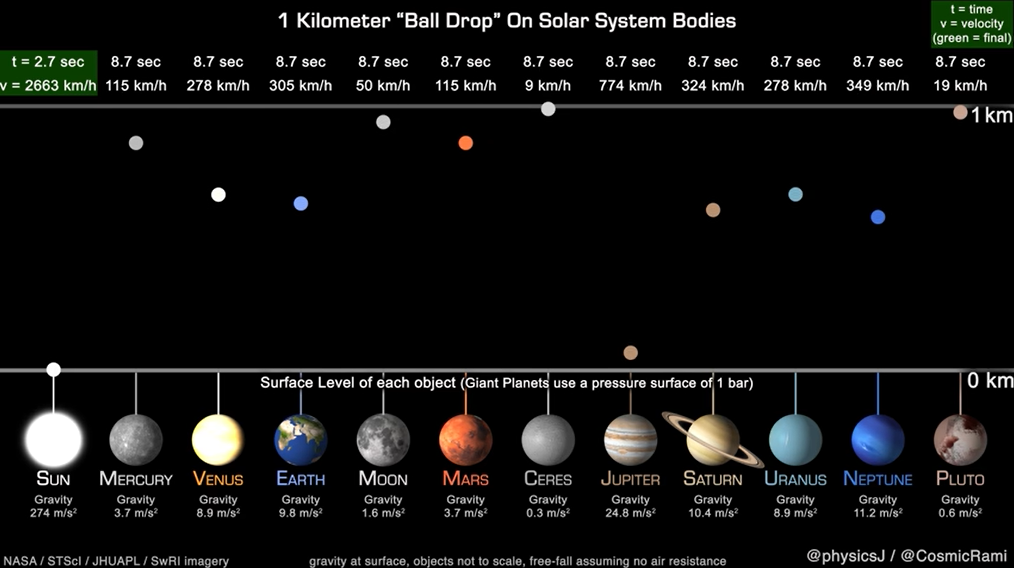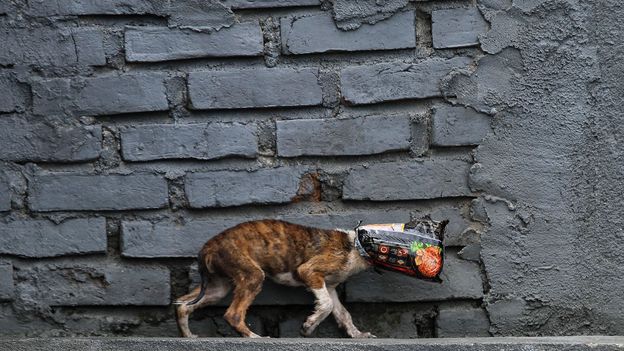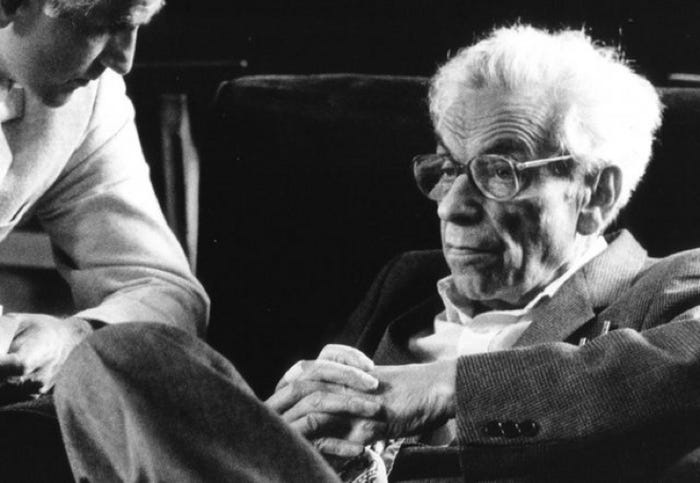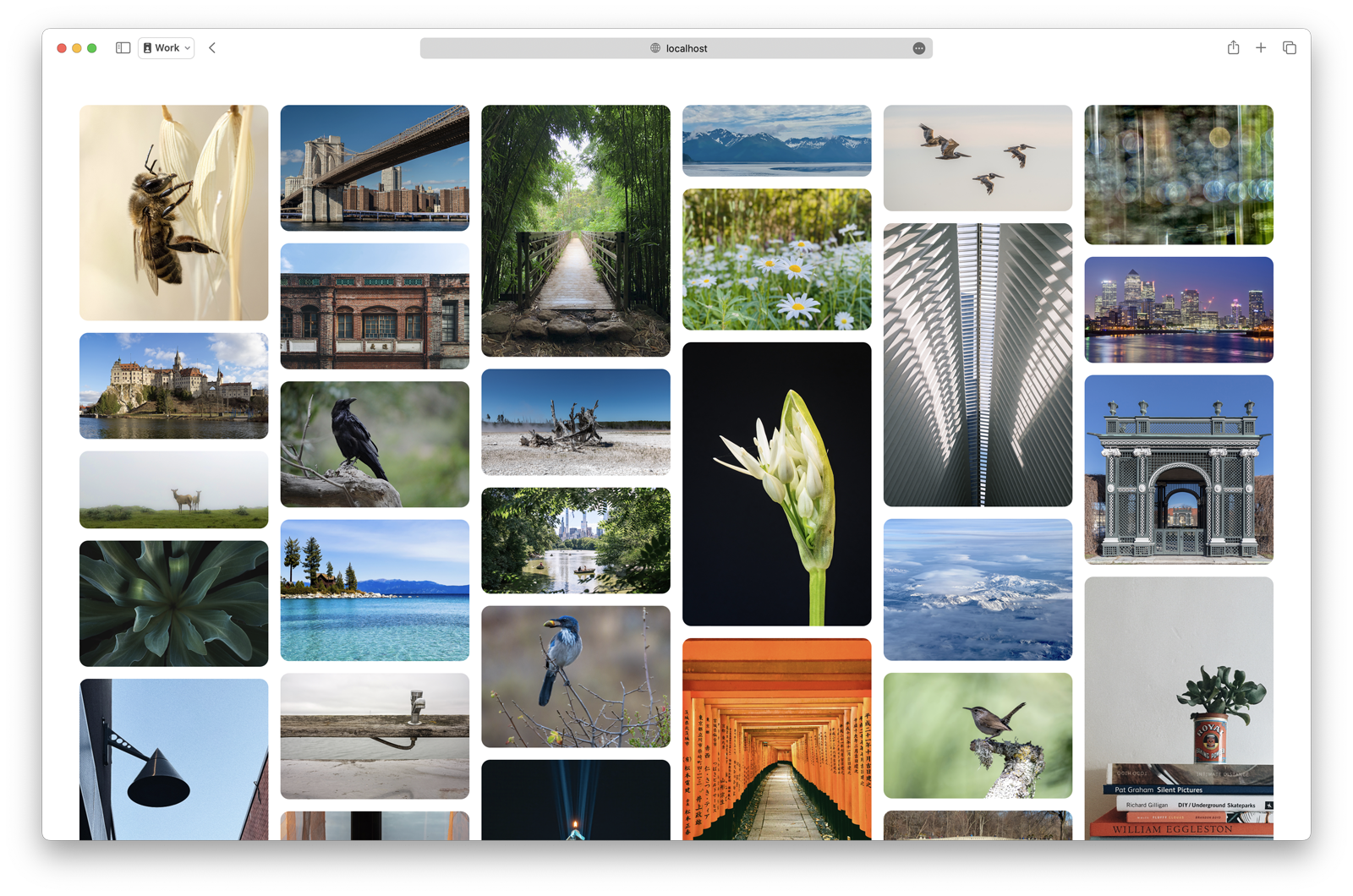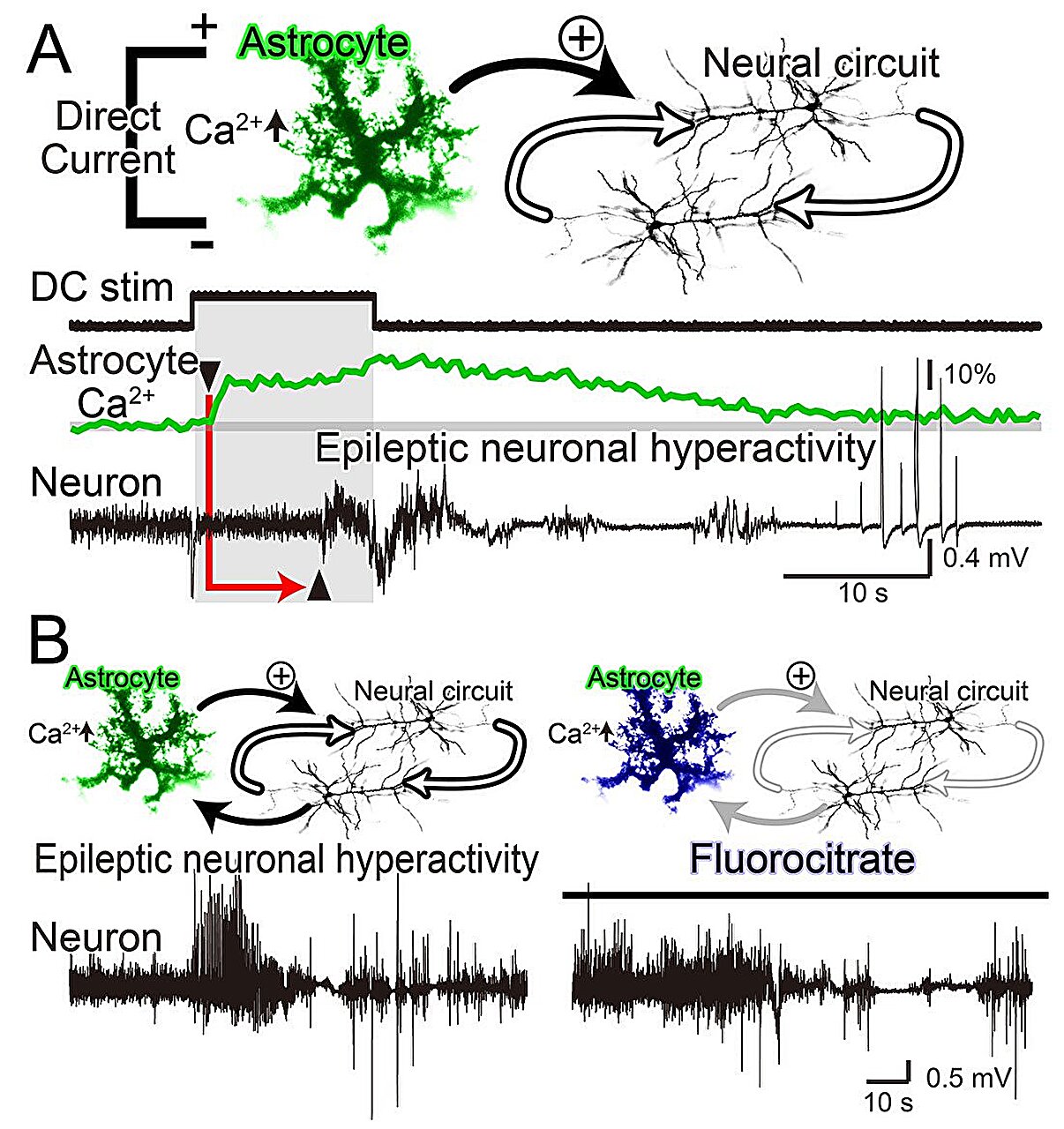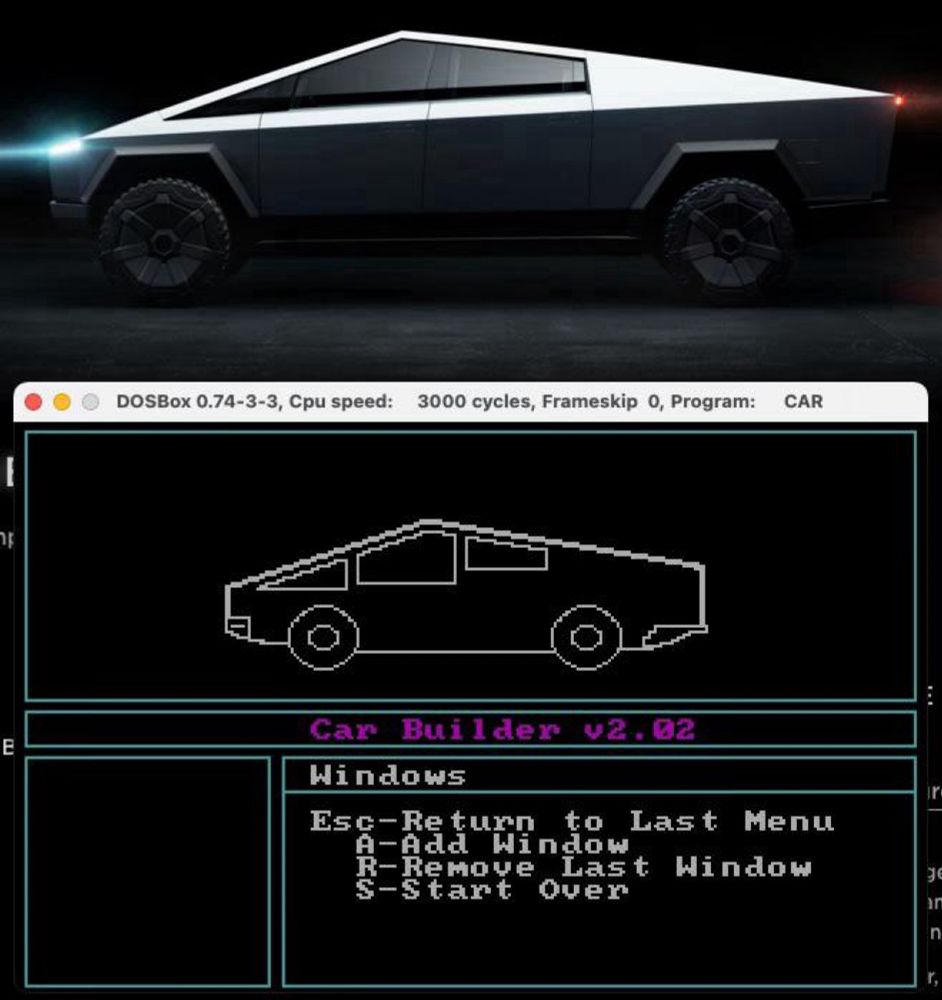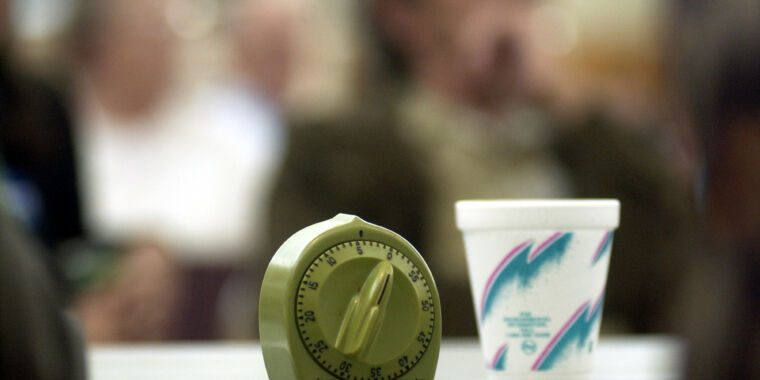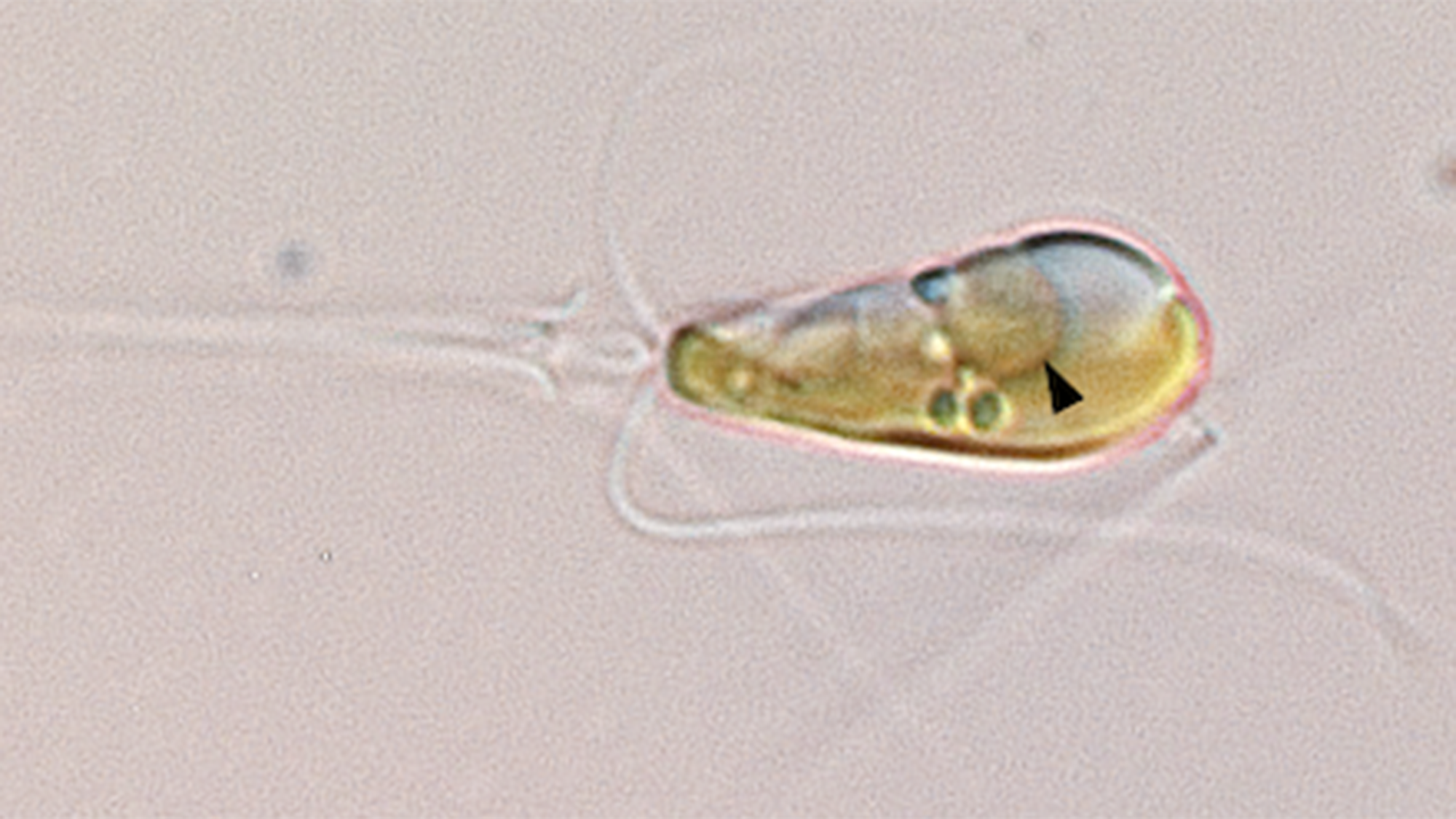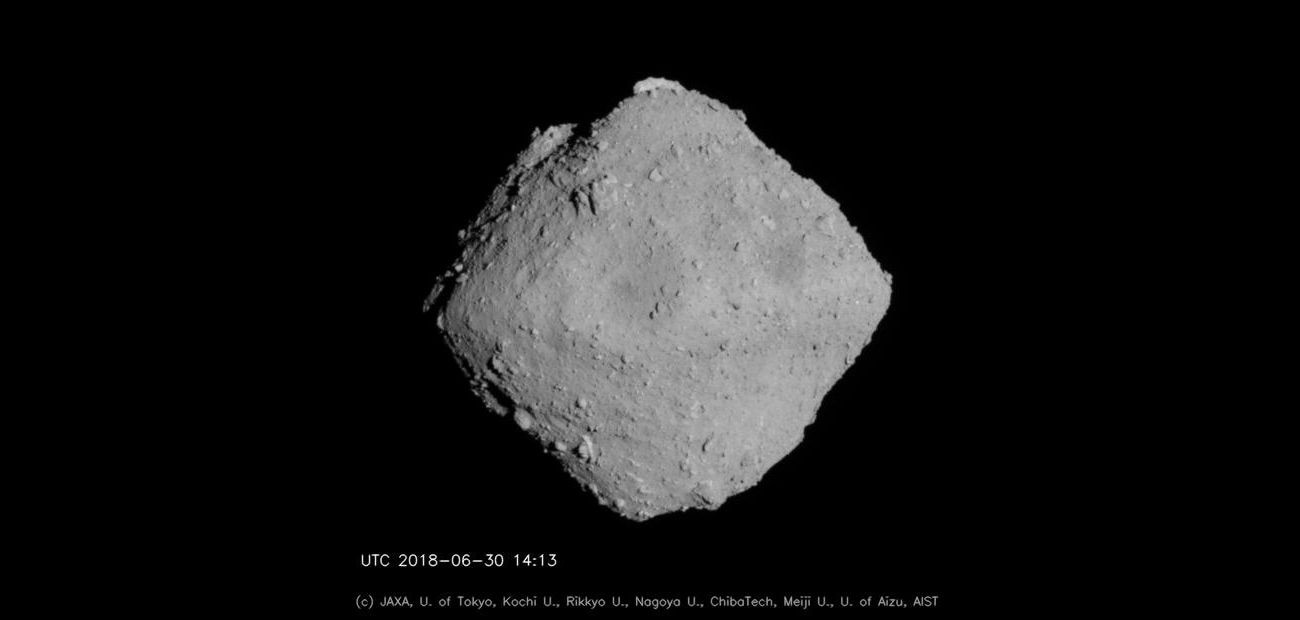
Ryugu was born an asteroid, became a comet, and died an asteroid
The asteroid Ryugu from 20 kilometers away. Credit: JAXA, University of Tokyo, Kochi University, Rikkyo University, Nagoya University, Chiba Institute of Technology, Meiji University, University of Aizu and AIST
In December 2020, after a year’s journey through space, a small capsule from the Japanese Space Agency’s Hayabusa2 mission fell to Earth. Landing in the Australian Outback, it contained just 5.4 grams of the most precious stuff there is: Pristine samples from the surface and interior of an asteroid.
Some of these samples have now been analyzed, and the results show that the asteroid Ryugu is the most primitive, unaltered object ever studied, much the same as it was when the solar system itself was new.
Ryugu is a near-Earth asteroid, making it perfect for study by a space mission. It’s small, less than 900 meters wide, and what’s called a C-type asteroid: High in carbon content and extremely dark, only reflecting a few percent of the light that hits it. That actually makes them hard to study from the ground, because they tend to be faint.
Hayabusa2 visited Ryugu, arriving there in 2018. It mapped the surface, including the mineralogy, and dropped four rovers to examine it up close. Most importantly, though, it dropped down to the surface twice to collect samples. The first collection grabbed materials from the surface. The second used what was essentially a free-flying cannon to shoot a 2-kilogram copper slug into Ryugu, which dug a hole into the asteroid 10 meters across. Later, the spacecraft itself dipped down once again to collect samples, which presumably came from deeper inside Ryugu.





